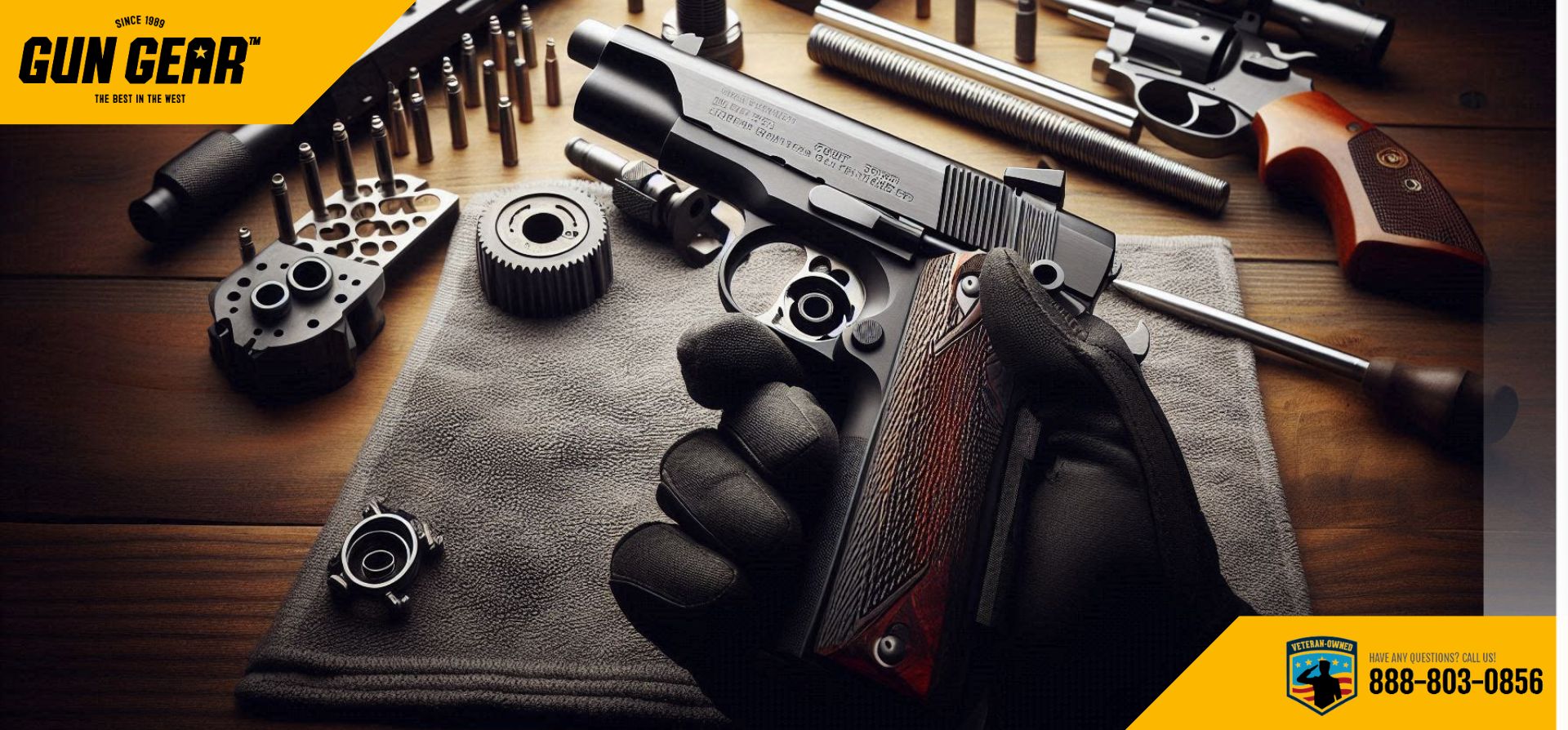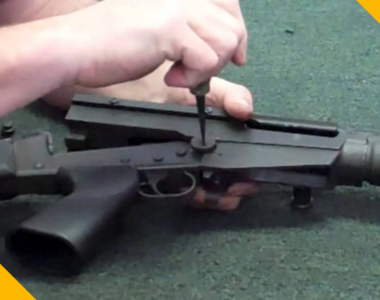
Ever wondered why some shooters hit targets with laser-like precision, while others struggle to keep their shots on paper? A significant factor in accuracy comes down to something as fundamental as how you hold the gun. Grips, though seemingly simple, play a crucial role in managing recoil, controlling the firearm, and ultimately, placing your shots exactly where you want them.
The Two-Handed Grip: Foundation for Stability
For most firearms, the two-handed grip is the gold standard for accuracy. Here’s how to establish a solid foundation:
- Strong Hand: Wrap your dominant hand around the grip, with your thumb high on the backstrap for maximum control. Imagine squeezing the grip firmly but not white-knuckling it. You want a secure hold that absorbs recoil without sacrificing trigger control.
- Support Hand: Your non-dominant hand should provide additional stability. There are two common approaches:
- Underneath Grip: Place your weak hand fingers under the front of the grip, creating a shelf for the gun to rest on. This offers excellent recoil control.
- C-Clamp Grip: Wrap your weak hand thumb around the backstrap of the grip, forming a “C” with your fingers around the front. This grip provides more control over the muzzle flip (the upward movement of the gun during firing).
Finding Your Perfect Fit
Gun grips come in various shapes and sizes. Ideally, the grip should fill your hand comfortably without creating pressure points. Experiment with different grip styles and backstrap options (if available) to find one that feels natural and allows for a high, secure hold.
Grip Strength: Balancing Control and Comfort
Grip strength plays a delicate balancing act. Gripping too tightly can cause flinch (an involuntary movement that pulls the gun off target), while a loose grip allows for excessive movement during firing. The key is to find a firm hold that absorbs recoil without sacrificing smooth trigger control.
Focus on Your Trigger Finger
While grip is essential, remember, the trigger finger is the star of the show. Isolate the movement of your trigger finger, squeezing it slowly and steadily through the shot without disturbing the rest of your hand position.
Practice Makes Perfect
Mastering a good grip takes time and dedication. Dry-fire practice (practicing aiming and trigger control without ammunition) is an excellent way to refine your grip and trigger control. Fire at a range with proper safety precautions, focusing on maintaining a consistent grip throughout the firing process.
By understanding the importance of gun grips and practicing proper technique, you can significantly improve your accuracy. Remember, a strong, secure grip is the foundation for a smooth and controlled shooting experience.
People Also Ask
1. Does grip size matter?
Absolutely! The ideal gun grip should fill your hand comfortably without creating pressure points. Experiment with different sizes and backstraps (if available) to find one that allows for a high, secure hold.
2. Are there different grip styles for different guns?
While the two-handed grip is the foundation for most firearms, slight variations might exist depending on the gun type (pistol, rifle, etc.). The core principles of stability and control remain constant.
3. How tight should I grip the gun?
A firm grip is crucial, but avoid white-knuckling it. You want to absorb recoil without sacrificing smooth trigger control. Practice finding the balance between stability and a light trigger pull.
4. What’s the best way to practice my grip?
Dry-fire practice is your best friend! This allows you to refine your grip and trigger control without ammunition. Focus on maintaining a consistent hold throughout the entire process.
5. Can aftermarket gun grips improve accuracy?
The right aftermarket grip can definitely enhance your shooting experience. Look for grips that offer better texture and ergonomics, leading to a more natural and secure hold. However, proper technique remains key.





